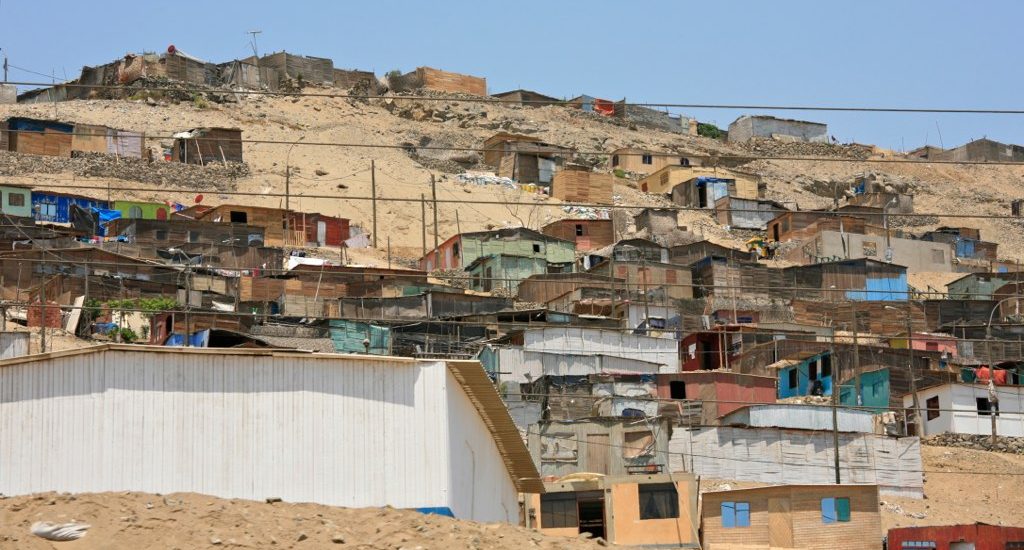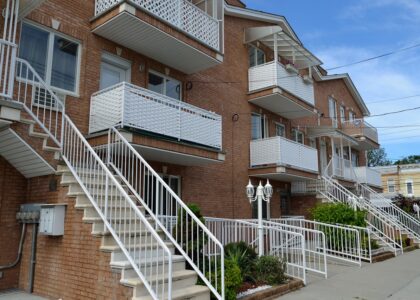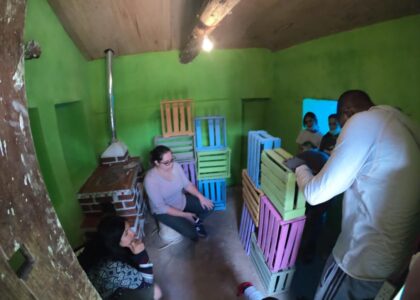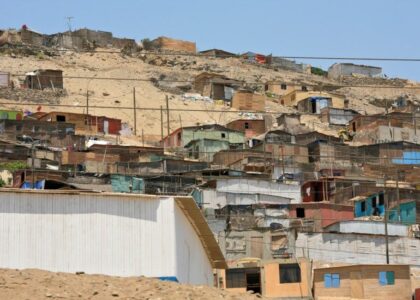In the heart of the city, the “wall of shame in Lima, Peru” stands tall, signifying a significant barrier between two contrasting worlds. This isn’t just a physical wall; it’s a symbol of the deep divide between the wealthy and the less fortunate. There are luxurious homes on one side, and on the other, communities are struggling to get by. For years, the wall of shame in Lima, Peru, has represented the gap between these two worlds. But now, there’s a shift in the winds. The decision to demolish this wall is a bold step, signaling a move toward unity and a brighter future for all of Lima’s residents.
The History of the Wall of Shame in Lima, Peru
The 1980s in Lima were full of turmoil. The city was in the grip of political unrest and violence, much of it due to the Shining Path, a group causing chaos throughout the region. It was during this time that the wall of shame in Lima, Peru, was first built. Residents of La Molina, a wealthy district in Lima, erected the wall as a shield, hoping to protect themselves from the uncertainties and threats that were happening around them.
In the beginning, the wall might have been seen by some as a necessary precaution, a temporary solution to keep them safe from harm. But as the years went on, the wall remained even as the Shining Path’s influence wavered, and the city became more stable. Instead of dismantling it, it grew taller, longer, and stronger. The wall of shame in Lima, Peru began to signify more than just safety; it represented a division between the haves and the have-nots – the wealthy and the poor. It had become a daily reminder of the divide between two very different worlds that were living side by side.
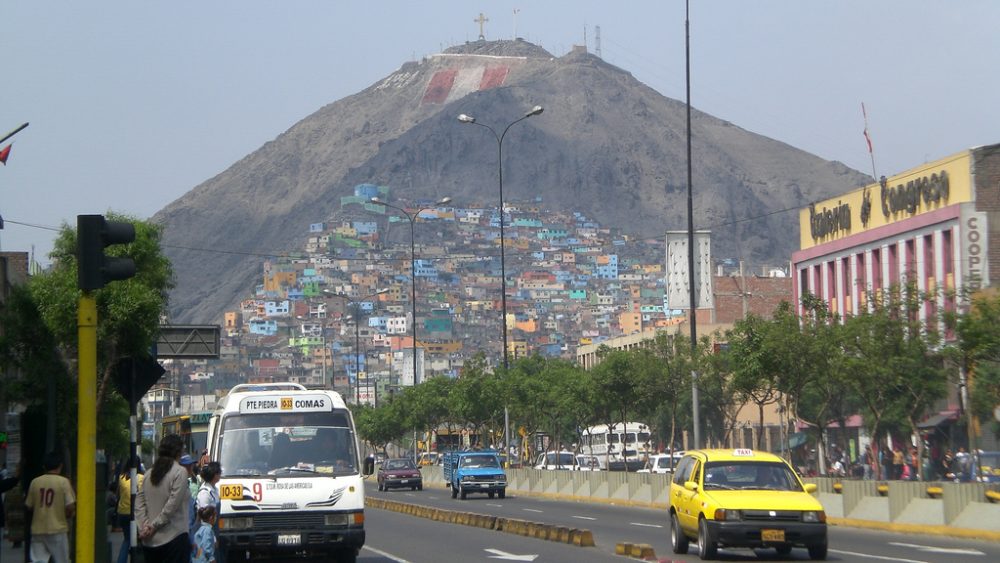
The Tale of Two Cities and the Wall of Shame in Lima, Peru
Imagine a city split in two, not by a river or a mountain, but by a towering wall. On one side, you find La Molina, a side filled with prosperity. You will see tree-lined streets with grand homes and beautifully manicured gardens on this side. These homes all have security systems, with gated properties and surveillance, which ensures the residents are able to live their lives easily and safely. The affluence of La Molina is evident not just in the sprawling estates but in the very air of exclusivity that surrounds it.
However, on the other side of the wall of shame in Lima, Peru, the story is remarkably different. In Villa Maria del Triunfo, life lacks the same sense of luxury that its neighbor has. Here, residents get by solely on faith, hope, and an unending resilience. The houses are often made from whatever materials are available and perch precariously on the hillside. These homes are modest, and yet they are filled with stories of hard work, determination, and dreams of a brighter future. There are no fancy gates and no lush gardens. Instead, the families here have to navigate rough dirt paths and find themselves battling the scarcity of basic amenities like clean water on a daily basis. On this side of the wall of shame in Lima, Peru, the people must face challenges head-on and strive for a better tomorrow.
Tearing Down the Wall of Shame in Lima, Peru
Behind the scenes, a legal battle has been raging. Advocates and community members have come together, petitioning for the wall’s removal. The wall of shame in Lima, Peru wasn’t just serving as a physical barrier; it had transitioned into a symbol of a divided city, and many believed its time had come to an end.
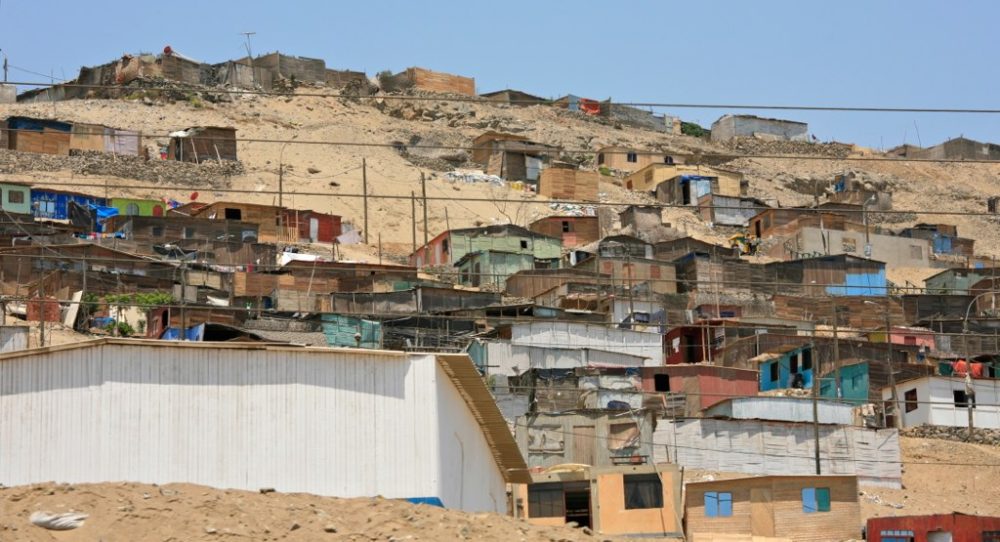
A Step Forward but a Long Journey Ahead
In August of 2023, the first section of this divide was torn down, opening up transportation lines and, most importantly, ending the social divide that has plagued this region’s inhabitants for far too long. The wall of shame in Lima, Peru was more than just bricks and mortar; it was a constant reminder of the inequality that existed within Lima’s heartbeat. Removing it is a monumental step.
To help break the barriers of poverty in Lima by assisting in providing comprehensive infrastructure, consider joining a Service Learning Trip with Safe Homes Movement today! Download our brochure by clicking here.


